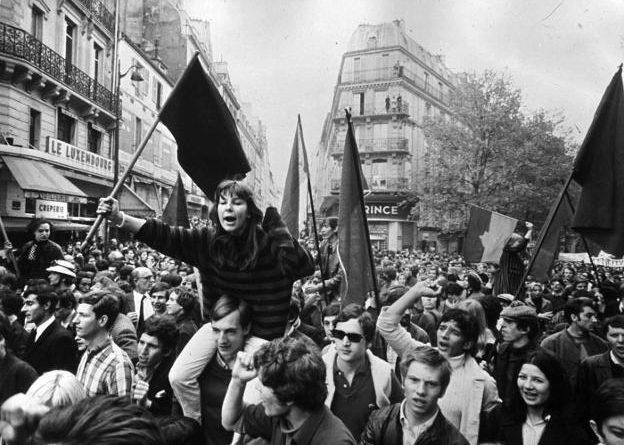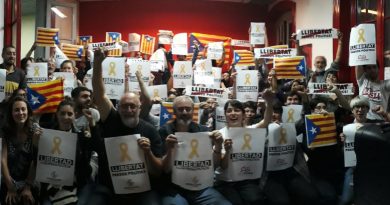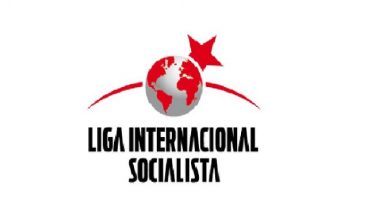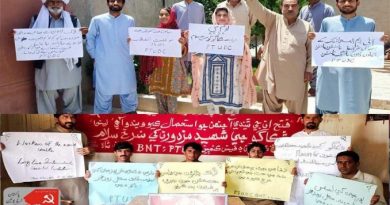May '68: France in the eye of the storm
"We want the world and we want it now" (Jim Morrison)
The storm of '68, who had an episode central in French May, started before and continued after. In its path it swept away a multitude of false symbols. Symbols that had grown and clung to a world that was inexorably changing..
In the central countries of Western power, a decade of economic prosperity came to a halt, paving the way for the beginning of a crisis that had its first expression in a strong growth in unemployment and a drop in real wages and that gave rise to an important worker response. In the periphery, heroic liberation struggles stood out, such as those in Algeria and Vietnam.. The latter especially, would show that it was possible to defeat US imperialism militarily. A movement of which, by the way, in Latin America, The Cuban Revolution had been a part and of which the urban uprisings would later be part., student workers at the end of the 60 like those of Mexico and Argentina. That year they also happened behind the so-called "Iron Curtain", in Eastern Europe, Prague Spring, rebellion against the Stalinist dictatorship in Czechoslovakia. While in the United States the civil rights movement was unfolding and the period of struggles against the Vietnam War would begin.
At the same time, a process of cultural revolution and resistance to old patriarchal precepts of capitalism was developing among the youth., giving rise to movements that demanded sexual rights and freedoms and opening the way to the feminist movements that would develop in the '70s..
How to get to May 68
The economic slowdown, the discontent over salary levels and the social and educational counter-reforms and the role of France in the international arena in both Algeria and Vietnam, They were the breeding ground for the rise in the struggles that came from before.
To face the looming economic crisis, French President Charles De Gaulle announces at the end of the year 67 reform of the social security system. At the same time that educational authorities try to impose new regulations for universities and secondary education centers.
Conflicts and struggles had been accumulating in the labor movement for a long time., such as the miners' strike of the year 63. Struggles that were not coordinated or unified by the commitment of the union centers, the most important of them directed by the Communist Party, with the French government.
Meanwhile in the student movement, at the beginning in its cutting-edge sectors, resistance to reforms in education and mobilization in solidarity with the Vietnamese people was developing. Two facts can illustrate this boiling cauldron in youth.: He 8 January at the inauguration ceremony of the Nanterre University swimming pool by the Minister of Youth, A student calls him out, pointing out that he intended to divert the students' concerns with these types of events without worrying about their sexual rights.. This fact has as a precedent a conflict of the 21 of March of 67, day when students demonstrate against the ban on boys visiting the girls' dormitory pavilion. The University authorities ask the police to appear to prevent the students from opening the doors of these pavilions..
On the other hand the 22 of March of 68 is created, also at the University of Nanterre, at the Faculty of Sociology, a movement to promote the fight for the freedom of students imprisoned in the demonstrations against the war in Vietnam. Since then the demonstrations grew until the days of May.
Barricades and General Strike
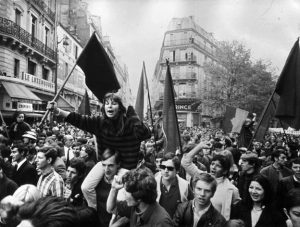 The indiscriminate repression against student demonstrations in support of Vietnam, led to arrests and a growing repudiation by students from other universities of the repression. In this process the 3 In May, the police intervened at the Sorbonne University to prevent an assembly in which actions for the freedom of prisoners and in support of the students of Nanterre would be discussed., closing the university.
The indiscriminate repression against student demonstrations in support of Vietnam, led to arrests and a growing repudiation by students from other universities of the repression. In this process the 3 In May, the police intervened at the Sorbonne University to prevent an assembly in which actions for the freedom of prisoners and in support of the students of Nanterre would be discussed., closing the university.
Faced with this, the higher education union and the national student union call for an indefinite strike., and on the night of 3 al 4 In May the Latin Quarter is filled with barricades and harsh confrontations arise between students and the police. The level of sympathy that the movement had found among the citizens could also be seen that night.. The residents of the Latin Quarter, They helped students defend themselves from repression by opening their homes to them, shouting at the police and throwing objects to fuel the barricades or to confront the repression.
The movement continues, demands the release of the prisoners and begins to give way to all the creativity that can be seen in the slogans, posters and graffiti that have gone down in history as a symbol of the aspirations of youth in struggle. On Tuesday 7 the movement reaches the Champs Elysees, in response to the condemnation of 4 students.
At the same time, committees are being built to organize actions and debates are held to prepare for the future.. The action returns to the Latin Quarter and on the night of 10 May after one of those debates, It becomes the second night of the barricades.
Faced with this, the 13 In May the Prime Minister orders the reopening of the Sorbonne and indicates that he will take into account the student complaints but it was too late. That same day, the unions belonging to the General Confederation of Labor had joined a large demonstration that started from the Plaza de la República. (Communist) and the French Democratic Confederation of Labor (Christian). After this demonstration the path to the general strike is unstoppable. And the occupations of Faculties and Factories begin. He 16 Renault workers' bastion is occupied.
For him 20 of May it is estimated that the strikers reach 6 millions and the 21 a 10 millions. And although he 25 CGT, that is, the Communist Party, begins to negotiate one of the points with the government, strikes and occupations continued, and marked the week when the power was absent, as symbolized by the disappearance of President de Gaulle on 29, day on which he did not attend the Council of Ministers convened by him.
The fruits
Those students and workers, those young people "were realistic and asked for the impossible". They developed enormous creativity in the struggle and they did it democratically and in movement. They flooded political life with a new air of rebellion and irreverence and demonstrated, among many other things, that the personal is also political, as the American feminist movement pointed out a little later.. His graffiti and posters are proof of his creativity.
Those workers, a part of which went on strike without waiting for their union or political directions, and in this way they forced them to join, They began the path of breaking with those directions. all of them, that despite the complicity of the PCF and the union centers with the government, They were able to fight for that desire for change that spread throughout the world. They also left lessons to recover..
If "We want the world and we want it now" as Jim Morrison sang at the time, you have to prepare, for when that moment comes, the revolutionary political instrument that is willing to “Take the sky by storm”.
Carlos Carcione

